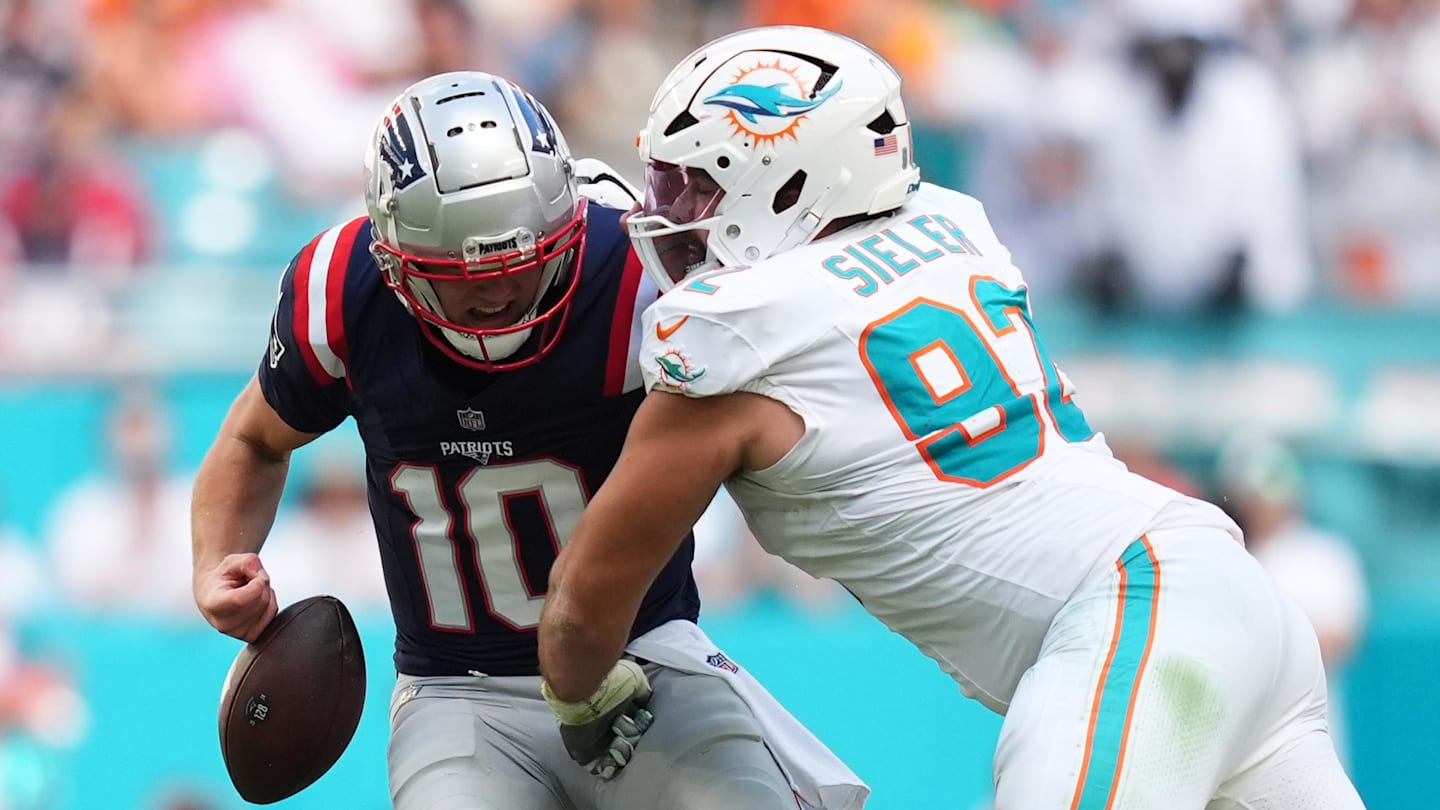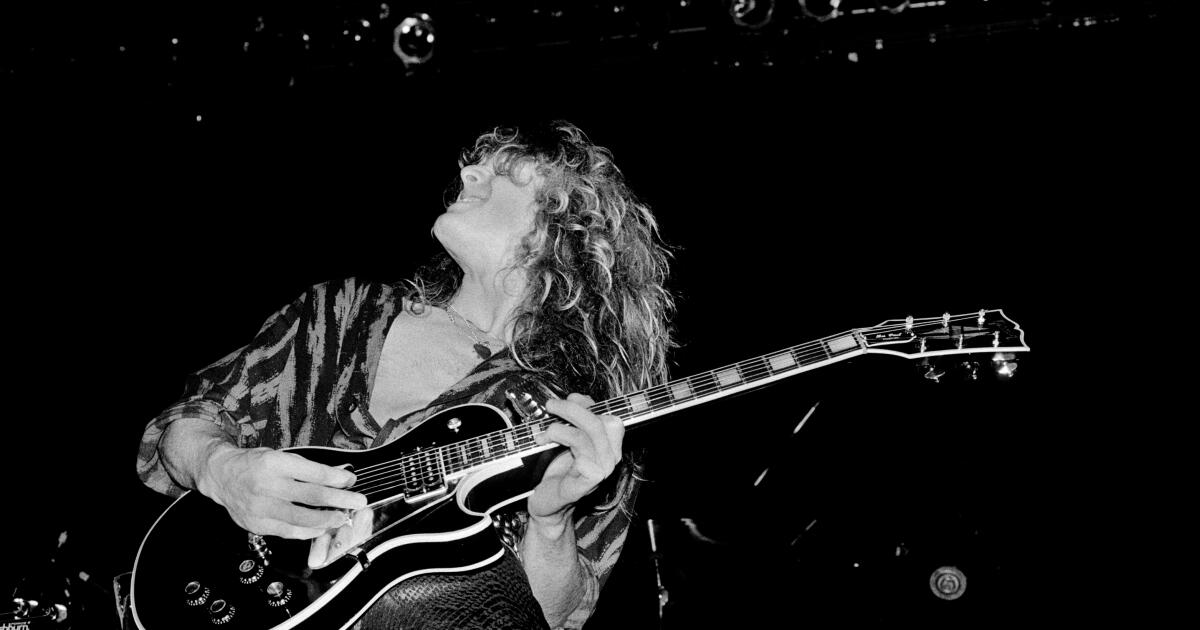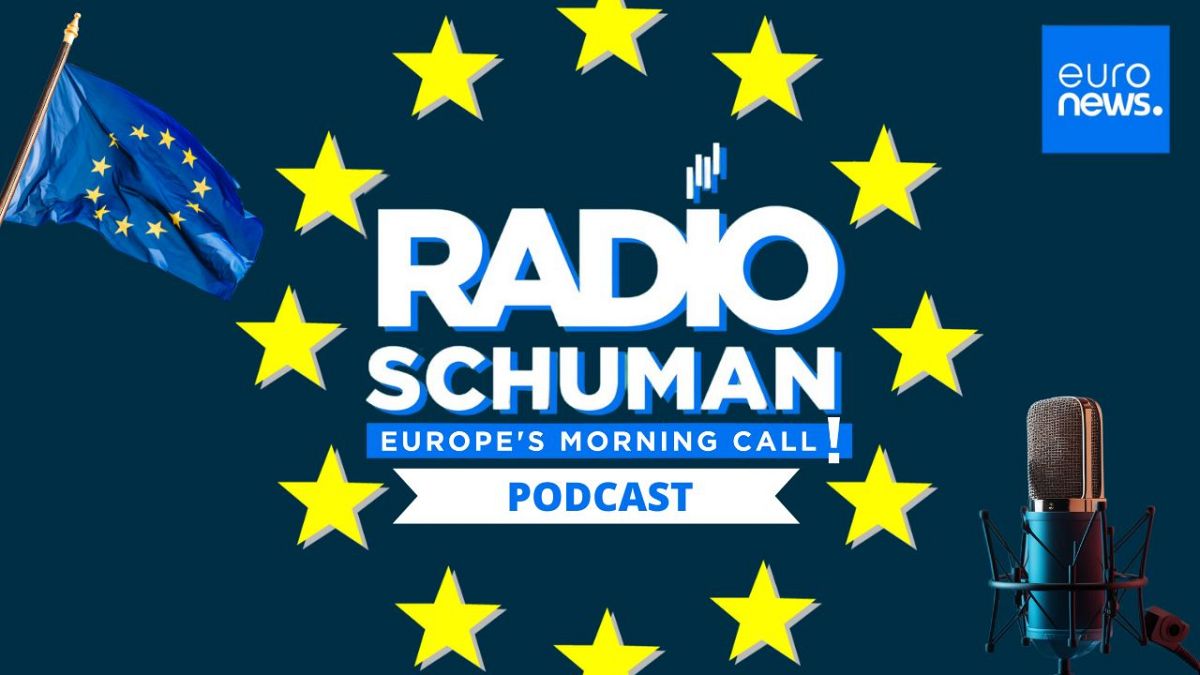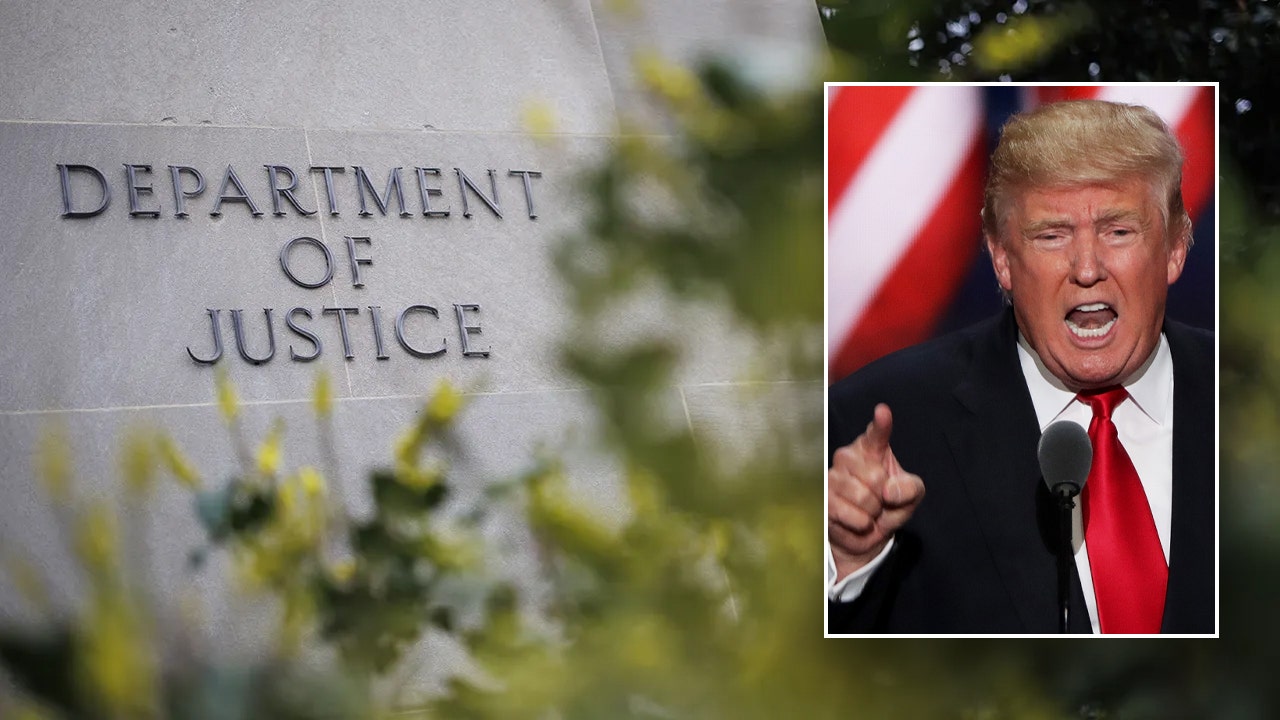Inter Miami just wrapped up the most transformative transfer window in MLS history.
Even if the club had only brought in Lionel Messi, it would have been remembered that way. He’s one of one — and the deal to bring him to Inter Miami is the same. But there were plenty of moves made in addition.
After all the dust settled, Miami signed Messi, fellow legends Sergio Busquets and Jordi Alba, as well as about $15 million in highly-rated U-22 South American talent in Facundo Farias, Tomas Aviles and Diego Gomez (covered in-depth by my colleague Felipe Cárdenas here), led by new manager Tata Martino. The last-place team in MLS is suddenly now among the most talented.
Miami has been planning this dream for years, but it still took a high-wire act of salary cap gymnastics to make it all work this summer. How did Inter Miami get it done under the stringent MLS salary cap and clandestine rules and regulations therein?
Designated players
This is the most straightforward roster designation: Miami was able to easily open one DP spot this summer by buying down the salary budget charge of forward Leo Campana, which Messi slots into.
A player’s salary budget charge is a combination of their salary plus the transfer fee, amortized over the length of the contract. If a player was signed for a $3 million transfer fee and a salary of $500,000 per year for three years, the player’s budget charge per season is $1.5 million. MLS teams can buy down players under a salary budget charge of $1.65 million with allocation money.
Miami generated a reserve of allocation money by saving space and also through trades, the most recent of which saw midfielder Bryce Duke head to CF Montréal in exchange for defender Kamal Miller and $1.3 million in general allocation money (GAM).

Busquets was also added to the roster as a DP. To make that happen, Miami had to open another of its three allowed spots. It could have bought down Brazilian midfielder Gregore, but opted to save the allocation money that would have taken and instead agree a mutual contract termination with DP midfielder Rodolfo Pizarro. Pizarro was Miami’s marquee signing ahead of its inaugural season in 2020 but failed to even come close to meeting those expectations. He had long been out of the team’s plans, with a contract that would have expired at the end of the season.
Pizarro later signed with AEK Athens in Greece. League sources say Miami did not buy out Pizarro and the midfielder received no extra money, meaning the move was like a free transfer. Pizarro’s motivation was to start fresh at a new club, reuniting with his former head coach Matias Almeyda in Greece. AEK signed Pizarro to a two-year contract with an option for a third year.
Sources at other clubs across the league have expressed skepticism Pizarro would walk away from the last four months of his contract for free, but the move wasn’t without precedent in MLS. FC Dallas and DP forward Franco Jara agreed to a mutual contract termination this winter to allow the Argentine to sign with Atletico Belgrano as a free agent.
The other Miami move that has drawn scrutiny from sources across the league is that of Alba. The Spain international left back is not a DP, meaning his contract cannot exceed $1.65 million. Alba, who captained Spain to the UEFA Nations League title this summer and reportedly made north of $20 million last season at Barcelona.
It is worth noting that Alba did receive a chunk of the €36 million ($39.8 million) in salary and deferrals he was due from Barcelona when he decided to leave with one year left on his contract, which could help make up for the difference in wages. But still, sources around the league remain skeptical that Alba would take a pay cut that would be significant even accounting for the deferred salary from Barça.
GO DEEPER
Meet the new kids: How Inter Miami’s three new U-22 signings will fit in
The deal for Alba has received particular scrutiny because Miami is in the last year of sanctions related to improperly reporting salaries. In 2020, Miami announced that France’s World Cup-winning midfielder Blaise Matuidi had signed a contract similar to Alba’s, as he too was said to not take up a DP spot and thus be making $1.65 million or less. It was later revealed by then-Inter Miami co-owner Marcelo Claure that he was indeed making DP money, prompting an MLS investigation that also revealed that another player, center back Andres Reyes, also should have qualified as a DP.
Alba is signed through the 2024 season with a club option for 2025. His contract cannot dramatically increase next year. If he were to become a DP in the future, there would have to be a new contract.
MLS clubs are permitted up to three U-22 initiative signings on their roster. U-22 initiative slots are particularly valuable because transfer fees aren’t calculated into the budget charge. Players signed under the U-22 initiative can make anything up to the maximum salary budget charge, but for players aged 20 and younger, they hit the budget at just $150,000, while players aged 21 to 22 in that calendar year hit the budget at $200,000. That allows teams to have highly-rated and expensive talent who can be sold later on to hit the budget at around what teams pay for a backup goalkeeper or veteran backup fullback.
The number of U-22 slots an MLS team can use depends on the age of their DPs and their budget charges. If clubs have three senior DPs over the maximum budget charge ($1.65 million), they can only use one U-22 slot. In all other situations, they can use all three U-22 slots. With Gregore as the club’s third DP making under the max budget charge, Miami could use three U-22 slots.
Miami used all three U-22 slots they could add with this summer in signing winger Facundo Farias ($5.5 million fee), center back Tomas Aviles (reported $7 million fee) and central midfielder Diego Gomez ($3 million fee).

To create further salary cap space, Miami used its one-time buyout on backup goalkeeper Nick Marsman. As the title would indicate, MLS teams only get one of those per season, and Miami still had their because Pizarro’s departure was officially via a mutual termination. Marsman’s $587,000 contract hit has been immediately removed from the salary cap. Marsman’s deal was set to run through the end of this season.
Miami’s allocation reserve was in a good spot heading into the summer thanks to their advance planning. When Chris Henderson took over as sporting director ahead of the 2021 season, the club moved on from a number of bad contracts and generated plenty of allocation money in trades, like sending Lewis Morgan to the New York Red Bulls for $1.2m GAM.

Inter Miami sporting director Chris Henderson (Ira L. Black – Corbis/Getty Images)
As for international roster slots, Miami has 12 players who could need one. Two of them (Franco Negri, Corentin Jean) are on injured lists for the season so they don’t need international slots for the rest of 2023, meaning Miami needs 10 for Messi, Busquets, Aviles, Farias, Gomez, Alba, Dixon Arroyo, Sergii Kryvtsov, Mota and Nicolas Steffanelli.
MLS teams get eight per season, but these slots can be traded. Miami acquired one from San Jose this summer and will need to figure out how to proceed for the final spot when Farias and Aviles are able to travel and join the squad. Until they sort that out, one of those players won’t be eligible to play. Miami could acquire an international slot via trade from elsewhere in the league, a transfer/loan of a current international player from the roster or, if applicable, placing an injured player to the season-ending injured list along with Negri and Jean.
Miami’s history invites scrutiny to their roster build, but so too does the lack of transparency into MLS rosters. Allocation money and international roster spots are not public information. Roster designations can be deduced by meticulously following trades and regulations, but it is impossible for any media member or fan to figure out a team’s reserve of allocation money.
To make matters worse, the official roster page on the league site incorrectly has Miami listed as having four DPs, with Campana inaccurately listed as one. Earlier in the season, striker Josef Martínez was erroneously listed as a DP as well.
The bio for Campana on Inter Miami’s official website lists him both as a young designated player and U-22 initiative signing. He is neither this season. Marsman is still listed on both MLS’s and Miami’s official roster pages, though he is listed as “unavailable”.
These types of basic oversights invite skepticism and doubt from fans, who can hardly be blamed for taking what they see on official roster pages as fact. Improved transparency would go a long way to clearing up frustrations from fans and could help interest, with fans able to have more educated debates about potential signings or transactions.
GO DEEPER
Why MLS needs more than a salary release day
Before and after
In Miami’s 4-1 loss to the Philadelphia Union on June 24, one of their last games before Messi’s debut, the roster picture looked bleak. U.S. international DeAndre Yedlin and Canadian international Miller were gone at the Gold Cup. Starting center back Kryvtsov was unavailable as well.
This was the XI.

Pizarro has since left. Negri suffered a season-ending injury that game. Ian Fray did soon after in Messi’s debut. Chris McVey and Noah Allen have slid into reserve roles, as has David Ruiz.
Here is the new depth chart.

Messi, Busquets and Alba are three game-changing new starters. Aviles, Farías and Gómez represent about $15 million of South American youth international talent, all of whom are pushing for starting minutes. Gregore — the team’s best player before the summer — will be back soon. Mota — another key starter — is expected back after Gregore. When those two are back, they’re likely to be the starting central midfielders on either side of Busquets.
It’s a completely different team.
What next?
Messi and Busquets are under contract for the long term. That’s two of Miami’s three DP spots taken next year. The third, currently, is Brazilian midfielder Gregore.
Miami could have bought down Gregore’s budget charge with allocation money to open a DP spot (perhaps for Alba or a new signing) if it wanted, but according to the rules, doing so would limit the team to just one U-22 initiative spot. Miami opted to maximize roster flexibility by keeping Gregore as the third DP (because his budget charge is under the max-TAM threshold of $1.65 million… they could have also kept Campana as a young DP for the same outcome) allowing the team to sign Aviles, Farias and Gomez.
The club will also need to find another exit for Emerson Rodriguez, a winger on loan at Santos Laguna who was originally signed via the U-22 initiative.
Some owners, including Miami’s Jorge Mas, are pushing to relax salary constraints. One small way to do that could be eliminating that nuance to the U-22 initiative, taking away restrictions and allowing clubs to have three senior DPs and three U-22 initiative slots. If that were to happen, Miami could buy down Gregore in addition to Campana and add another senior DP (or reassign Alba to the slot).
Guessing potential rule changes is pure speculation at this point. Even if nothing changes, Miami has some roster flexibility beyond their most lucrative roster spots (DP and U-22 initiative).
Miami’s transfer sanctions expire next year, meaning they will have $1.3 million more in general allocation money to work with. Martínez’s expires at the end of the season, though Miami has a club option to extend through 2024.
Luis Suarez, one of Messi’s closest friends and who has publicly stated he and Messi would play together again before they retire, will be let out of his contract at Brazilian side Gremio this winter. If he chooses to continue playing, he could come to Miami, but that likely would mean the club allowing Martinez to leave (and Suarez taking a discount because they don’t have any DP spots).
Beyond that, Miami would have to transfer/trade some current players to make room for more additions if they so choose.
Miami will continue to be linked with any and all of Messi’s former teammates and friends. The club was erroneously connected with Andres Iniesta, rumored by some that he had signed, but the Spaniard officially joined UAE Pro League club Emirates. Former Real Madrid and PSG center back Sergio Ramos remains out of contract and was also linked with Miami. Angel di Maria was connected to the club before signing with Benfica, though his deal is only for one season so fresh rumors could return next summer if roster rules are adjusted.
But until further notice, MLS roster regulations make adding any of them a complicated proposition.
(Top photo: Simon Bruty/Anychance/Getty Images)

































/cdn.vox-cdn.com/uploads/chorus_asset/file/25826211/lorealcellbioprint.jpg)
/cdn.vox-cdn.com/uploads/chorus_asset/file/25832751/2192581677.jpg)

/cdn.vox-cdn.com/uploads/chorus_asset/file/25835602/Switch_DonkeyKongCountryReturnsHD_scrn_19.png)

/cdn.vox-cdn.com/uploads/chorus_asset/file/24774110/STK156_Instagram_threads_1.jpg)

